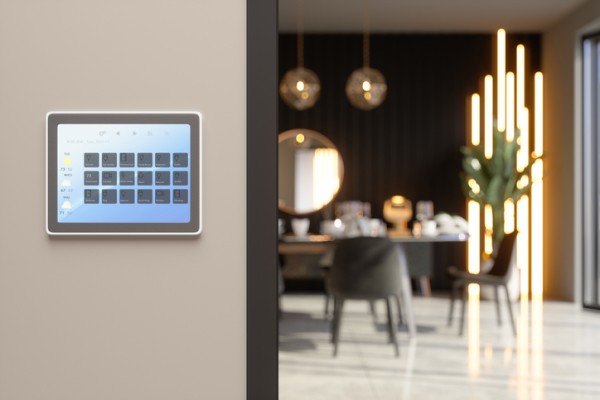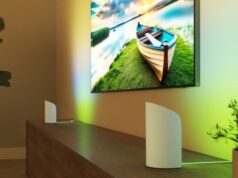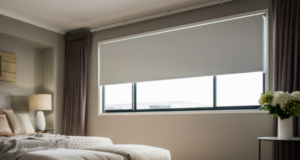
Lighting isn’t just about seeing where you’re going — it can shape the mood of a space, improve energy efficiency and offer added convenience when it’s integrated with smart technology. Whether you’re building a new home or upgrading an existing one, lighting controls and switches are worth considering as part of your electrical plan.
Why lighting control matters
Being able to control lighting levels, timings and responses to movement or daylight can completely change how a room feels and functions. Well-designed lighting control offers:
- Mood setting – Dim the lights for a movie, brighten them for working or highlight a feature wall with accent lighting.
- Energy efficiency – Using dimmers, timers or sensors reduces unnecessary energy use and lowers your power bills.
- Convenience – Multiway switches and smart systems allow you to control lights from different locations or even remotely.
If you’re not sure where to start, take a look at our guide on how to plan your lighting for tips on selecting fixtures, placements and control options.
Types of lighting control
There’s a wide range of options when it comes to controlling your lights — from the simple wall switch through to full home automation. Some of the most common types include:
Dimmers
Dimmers let you adjust brightness to suit your activity or time of day. They’re great for living rooms, bedrooms and dining areas, and work well with many LED lights (as long as they’re compatible). For help choosing efficient lights, see our guide on how to choose LED light globes.
Multiway switching
These allow you to control the same light from multiple locations — ideal for staircases, long hallways or open-plan areas.
Timers and motion sensors
Sensors can be used to turn lights on when someone enters a room and off when it’s unoccupied, while timers can control lights according to schedules. These are particularly useful for security lighting and bathrooms.
Smart lighting systems
Wi-Fi or Bluetooth-enabled switches and globes can be controlled via apps, voice assistants or home automation platforms. This adds flexibility and future-proofs your lighting layout. If you’re interested in smart systems, start small and expand as needed.
Wireless switches
These allow for installation without hard wiring, making them perfect for renovations or when rewiring isn’t practical.
Setting the right tone with dimmers
One of the simplest upgrades is to install dimmers, which allow you to fine-tune brightness levels. Just make sure you pair dimmers with compatible light globes to avoid flickering or buzzing. If you’re not sure what to look for, our article on light globes and colour temperatures explains how brightness and tone affect the feel of a space.
Meeting energy requirements
Lighting controls can also help you stay within the requirements of the National Construction Code. For example, using sensors and timers can help reduce overall lighting power density and support energy efficiency targets. For more detail, check out our summary of BCA lighting restrictions.
Choosing the right setup
To get the best results from your lighting control system, consider:
- Room use – What activities take place in the space? Do you need task lighting, ambient lighting or both?
- Placement – Think about where switches, sensors or dimmers should go for easy access.
- Compatibility – Make sure your controls and globes work together, especially when using LEDs or smart devices.
- Installation – Some systems require professional installation, especially when dealing with high voltage or automation wiring.
If you’re building or renovating, it’s worth discussing lighting control with your electrician early in the design stage. And if you’re retrofitting, you might consider starting with a wireless or smart switch system to avoid major wiring work.
Final thoughts
Lighting controls and switches are a simple but powerful way to enhance comfort, save energy and future-proof your home. From basic dimmers to fully automated smart systems, there’s a solution for every space and budget.
Before making any decisions, explore your options using our lighting planning guide, and check out other Tell Me How articles to help you choose the right setup for your home.





